Optimal Seasons for Iron Railing Installation
Iron railing installations are typically performed during specific times of the year to ensure optimal results and durability. The timing depends on weather conditions, project scope, and contractor availability. Understanding the best periods can help in planning for a successful installation process.
Spring and early fall are preferred for iron railing installations due to moderate temperatures and lower humidity levels, which facilitate proper curing and finishing.
Avoid installations during extreme cold or heat, as temperature fluctuations can affect metal expansion and contraction, impacting the quality of the work.
Scheduling during periods of contractor availability ensures timely completion and minimizes delays caused by weather disruptions.
Installing during dry weather prevents moisture-related issues such as rust or corrosion, extending the lifespan of the iron railing.

Spring offers moderate temperatures ideal for iron railing work.
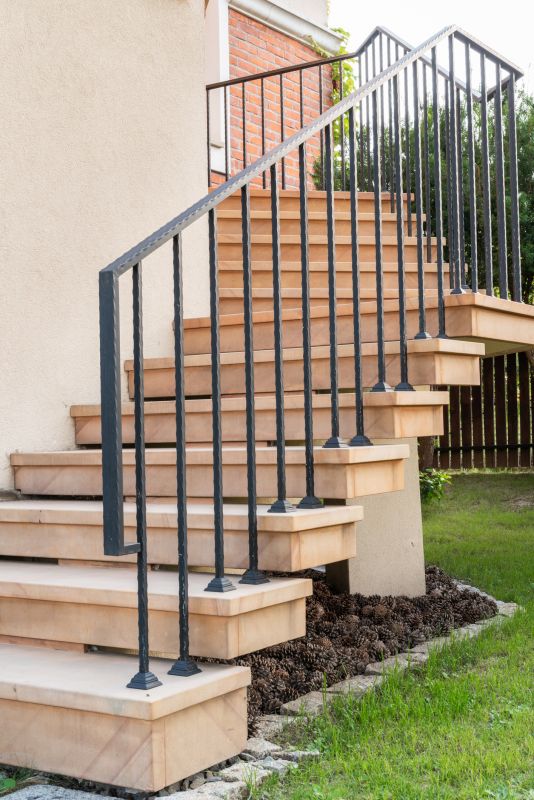
Early summer can be suitable, provided temperatures are managed.

Early fall provides cooler weather and optimal conditions for installation.

Avoiding rainy or freezing conditions ensures quality work.

Ways to make Iron Railing Installations work in tight or awkward layouts.

Popular materials for Iron Railing Installations and why they hold up over time.
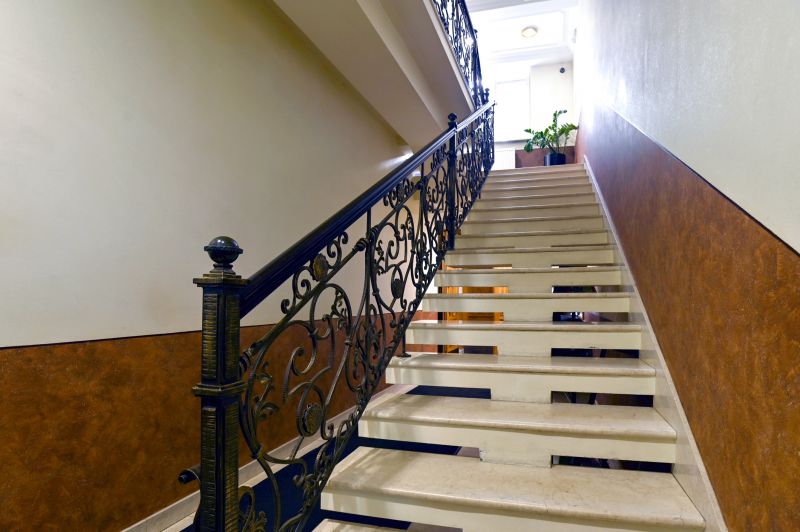
Simple add-ons that improve Iron Railing Installations without blowing the budget.
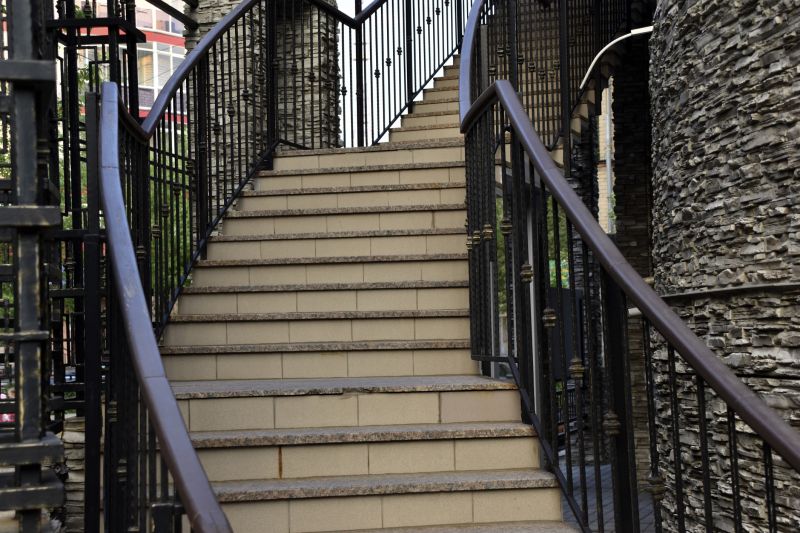
High-end options that actually feel worth it for Iron Railing Installations.
Iron railing installations require careful planning and execution to ensure longevity and aesthetic appeal. Proper timing not only affects the ease of installation but also influences the durability of the finished product. Weather conditions play a crucial role in preventing issues such as rust, warping, or improper finishing. By selecting appropriate periods, property owners can achieve a high-quality installation that withstands environmental challenges over time.

Spring's moderate weather supports effective installation and finishing.

Early fall offers ideal conditions for durable iron railing setups.

Optimal weather reduces risks of rust and damage.

Timing installations during suitable weather ensures better adhesion and finish.
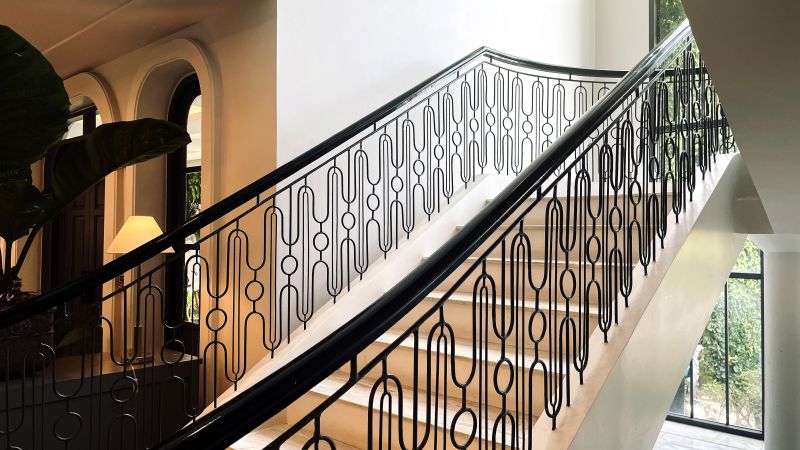
Finishes and colors that play nicely with Iron Railing Installations.

Little measurements that prevent headaches on Iron Railing Installations day.

A 60-second routine that keeps Iron Railing Installations looking new.
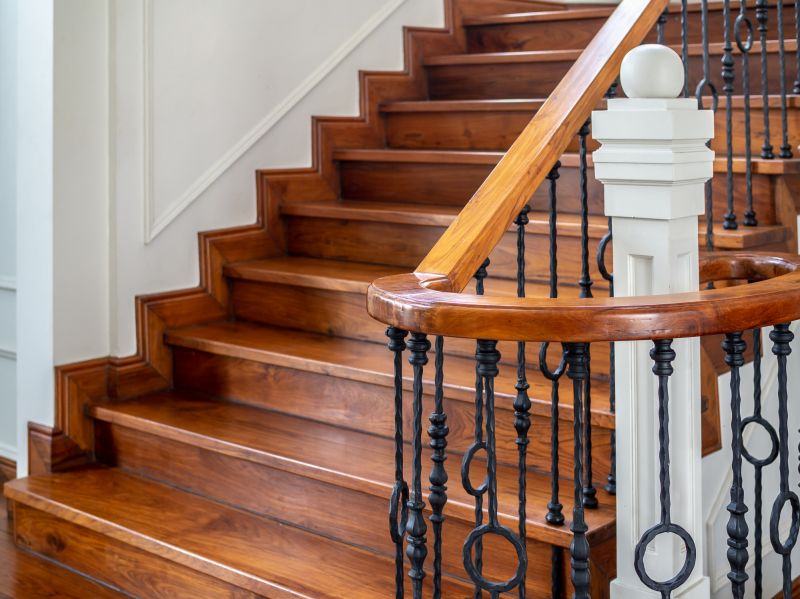
A frequent mistake in Iron Railing Installations and how to dodge it.
| Season | Advantages |
|---|---|
| Spring | Moderate temperatures support proper curing and coating adhesion. |
| Summer | Longer daylight hours allow flexible scheduling, but avoid peak heat. |
| Fall | Cool weather and lower humidity improve installation quality. |
| Winter | Generally not recommended due to cold temperatures and moisture risks. |
| Late Fall | Potential for early frost, which can hinder installation. |
| Early Summer | Suitable if temperatures are managed and humidity is low. |
Choosing the right time for iron railing installation can significantly impact the durability and appearance of the finished product. Proper weather conditions facilitate better adhesion of coatings and reduce the risk of corrosion or warping. Planning installations during optimal seasons ensures the longevity of iron railings and minimizes future maintenance needs.



